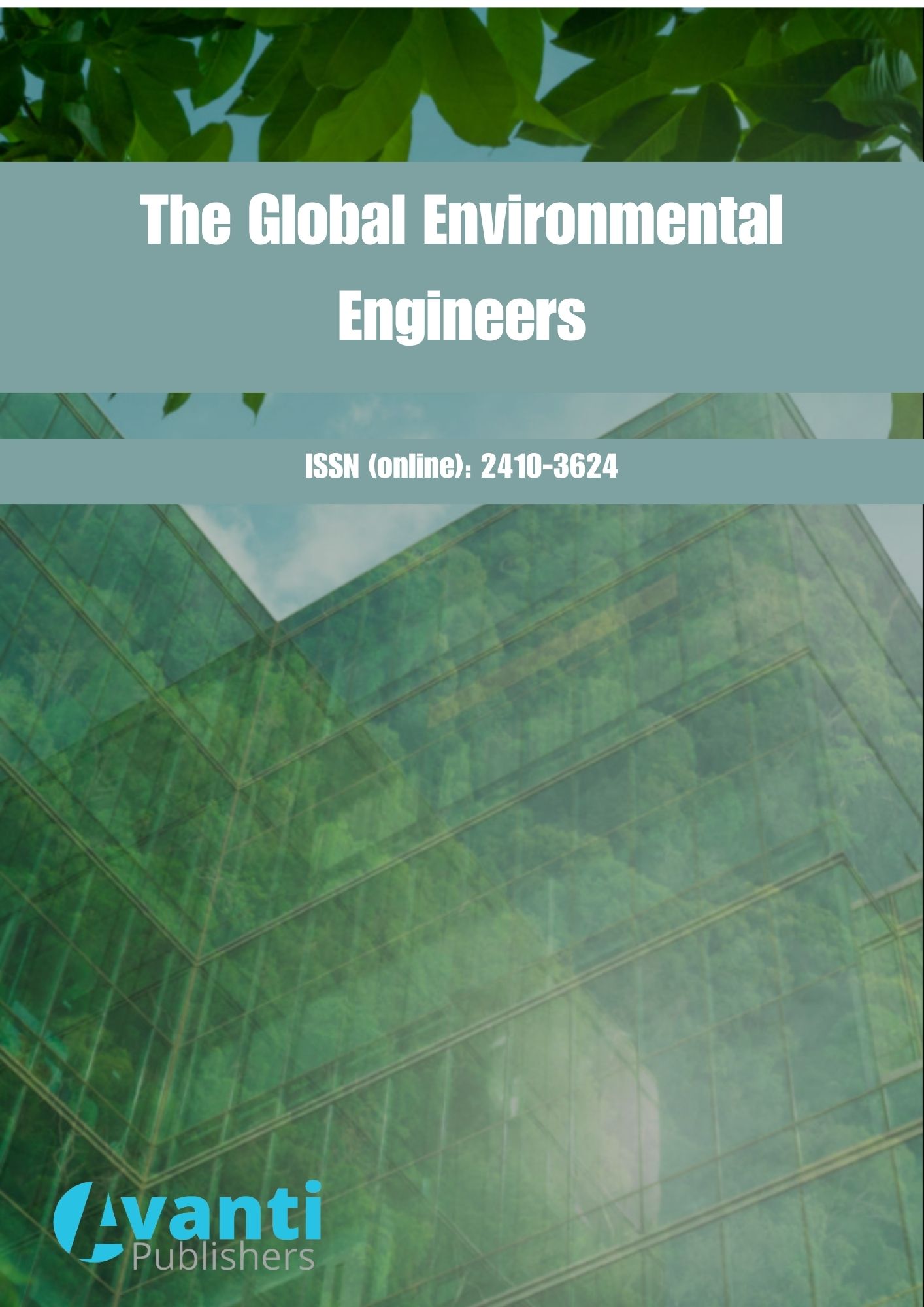Abstract
Rising atmospheric CO₂ levels threaten global biodiversity and human well-being, driving interest in sustainable, carbon-negative solutions. Seaweeds have emerged as a key blue carbon resource due to their rapid growth and high capacity for organic carbon fixation. This paper examines various seaweed-based carbon sequestration mechanisms—photosynthesis, sedimentation, and carbon-neutral product development—and introduces models for estimating net CO₂ removal in aquaculture systems. Despite their potential, seaweed ecosystems face challenges such as ocean acidification and habitat degradation. To address these, the study advocates for large-scale seaweed mariculture, restoration, and ocean afforestation, supported by public-private initiatives and aligned with the UN Sustainable Development Goals. Seaweed cultivation is presented as a viable, nature-based solution for climate change mitigation and long-term carbon storage.
References
Ross FWR, Boyd PW, Filbee-Dexter K, Watanabe K, Ortega A, Krause-Jensen D, et al. Potential role of seaweeds in climate change mitigation. Sci Total Environ. 2023; 885: 163699. https://doi.org/10.1016/j.scitotenv.2023.163699
Gorain PC, Sengupta S, Satpati GG, Paul I, Tripathi S, Pal R. Carbon sequestration in macroalgal mats of brackish-water habitats in Indian Sundarbans: potential as renewable organic resource. Sci Total Environ. 2018; 626: 689-702. https://doi.org/10.1016/j.scitotenv.2018.01.106
Behera DP, Vadodariya V, Veeragurunathan V, Sigamani S, Moovendhan M, Srinivasan R, et al. Seaweeds cultivation methods and their role in climate mitigation and environmental cleanup. Total Environ Res Themes. 2022; 3-4: 100016. https://doi.org/10.1016/j.totert.2022.100016
Duarte CM, Gattuso JP, Hancke K, Gundersen H, Filbee-Dexter K, Pedersen MF, et al. Global estimates of the extent and production of macroalgal forests. Glob Ecol Biogeogr. 2022; 31: 1422-39. https://doi.org/10.1111/geb.13515
Satpati GG. Ocean acidification: positive and negative impacts on seaweeds. Exam Mar Biol Oceanogr. 2023; 6: 1-2. http://dx.doi.org/10.31031/eimbo.2023.06.000631
Pessarrodona A, Howard J, Pigeon E, Wernberg T, Filbee-Dexter K. Carbon removal and climate change mitigation by seaweed farming: a state of knowledge review. Sci Total Environ. 2024; 918: 170525. https://doi.org/10.1016/j.scitotenv.2024.170525
Fujita RM, Collins JR, Kleisner KM, Rader DN, Augyte S, Brittingham PA. Carbon sequestration by seaweed: background paper for the Bezos Earth Fund - EDF workshop on seaweed carbon sequestration. New York, NY: Environmental Defense Fund; 2022; pp. 1-26. Available from: https://www.edf.org/sites/default/files/2022-10/Carbon%20Sequestration%20by%20Seaweed.pdf (Accessed on 1 June 2025).
Lian Y, Wang R, Zheng J, Chen WX, Chang L, Li C, Yim SC. Carbon sequestration assessment and analysis in the whole life cycle of seaweed. Environ Res Lett. 2023; 18: 074013. https://doi.org/10.1088/1748-9326/acdae9
Ross F, Tarbuck P, Macreadie PI. Seaweed afforestation at large-scales exclusively for carbon sequestration: critical assessment of risks, viability and the state of knowledge. Front Mar Sci. 2022; 9: 1-15. https://doi.org/10.3389/fmars.2022.1015612

This work is licensed under a Creative Commons Attribution-NonCommercial 4.0 International License.
Copyright (c) 2025 Gour Gopal Satpati




